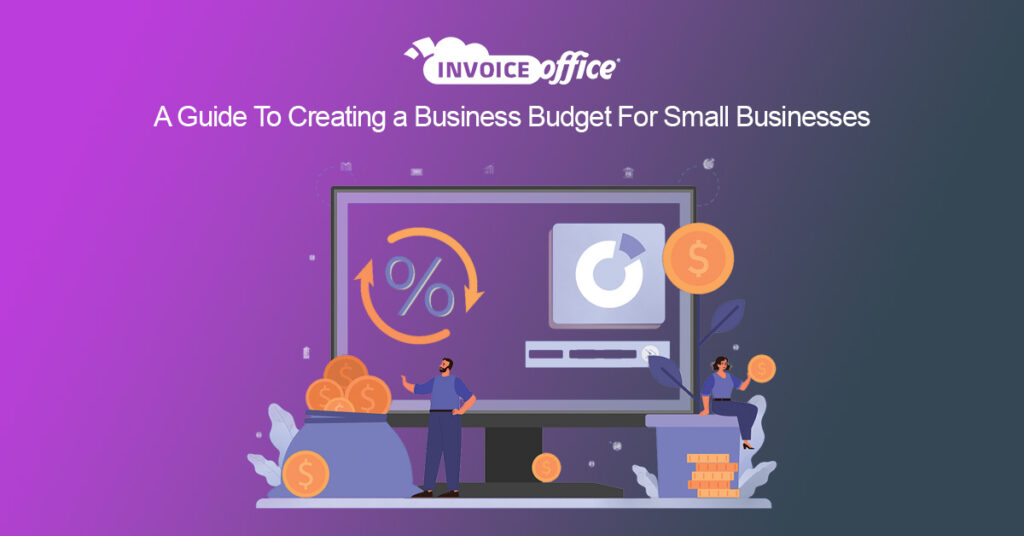Small businesses are often faced with the challenge of creating a budget and knowing where to allocate their money. There are a number of different budgeting tools including Invoice software for small businesses out there, but what works best for one business may not work best for another. To help small businesses create a successful budget, there are some important things to keep in mind.
In this read, you will come to know the best guide to plan a budget efficiently. Let’s have a look!
Guide to plan budget for small business efficiently:
Analyze costs:
The best way to plan your small business’ budget is by analyzing its costs. This will help you to make informed decisions about how much to spend and where to allocate that money. Analyzing your costs can help you to save on both short-term and long-term expenses.
Negotiate costs with suppliers:
Small businesses often struggle to balance their budgets effectively, but negotiation can help them do just that. By discussing the costs associated with specific products or services with suppliers, small businesses can plan their budgets more efficiently and stay within their means.
Estimate your revenue:
Start by estimating your revenue through billing software. This will help you plan your budget for small businesses efficiently. By knowing your revenue, you can make informed decisions on how to allocate your resources. Additionally, estimating can help you scale your business if necessary.
Know your gross profit margin:
Gross profit margin is a key factor for budgeting for small business. By understanding your margin, you can ensure your small business operates within its means while still achieving profitability. Understanding your Gross Profit Margin will help you plan and manage your business efficiently, which in turn will help you save money and achieve sustainable financial success.
Project cash flow:
Project cash flow is important for budgeting for small businesses successfully. By understanding how your business’ projected cash flow affects your overall budget, you can make informed decisions about which expenses to allocate to which services and investments. Additionally, knowing the average number of days it takes your business to generate $1,000 in revenue can help you plan for long-term financial stability.
Factor in seasonal and industry trends:
Budgeting for a small business is often a delicate balance. You want to make sure you are taking into account seasonal changes, the industry you are in, and your own personal needs when setting budgets. By incorporating these factors into your budget planning, you can ensure that your small business stays within its financial constraints and remains solvent during difficult times.
Set spending goals:
Small businesses need to set spending goals in order to plan their budget more efficiently. By setting specific spending goals, small businesses can get a better understanding of where their money is going and make more efficient decisions about how to allocate resources.
Bring it all together:
Small businesses are often busy and don’t have time to plan their budget. One way to save money on your budget is to bring all of your expenses together in one place. This will help you figure out how much money you need to spend on each category and will make budgeting easier for you.
Conclusion:
In conclusion, small business owners face many challenges when it comes to budgeting. One of the most important aspects of managing a small business is being able to plan and efficiently manage your money by keeping check through Invoicing software or bookkeeping software. By following this simple guide, you can make your small business budgeting process more effective and efficient.




